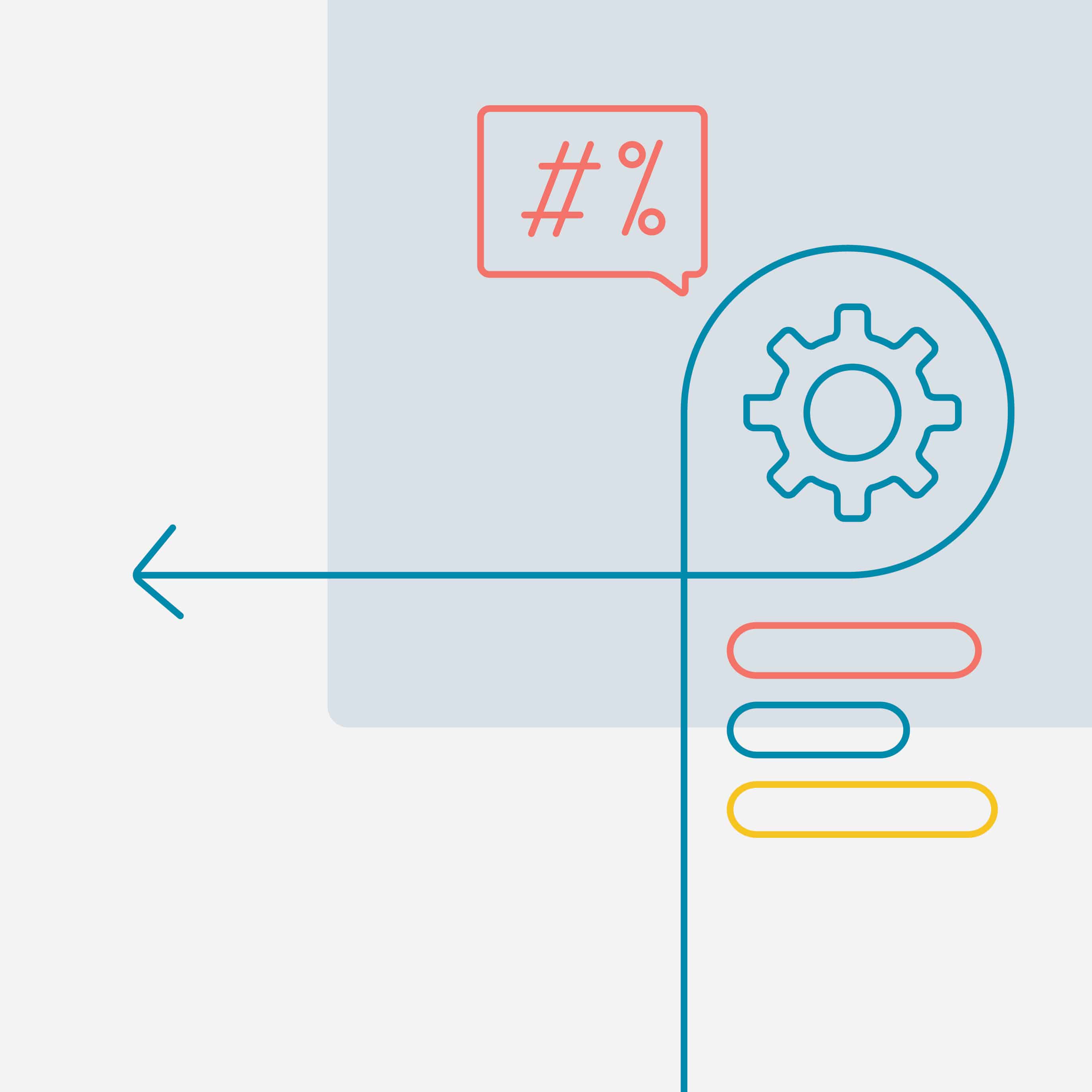Each news cycle brings to light new factors impacting your business. For companies to both survive and thrive in this climate, agility is essential.
So what is agility in business?
Business agility is the ability to pivot and react quickly, without bogging down in bureaucracy. Agile organizations embrace a mindset of continuous improvement: Business agility normalizes constant change for the better.
Here are some ways agility benefits businesses, and ideas for implementing enterprise agility at your company.
What Is Agility In Business? Why Does It Matter for Your Business?
Business agility refers to the ability of a business to respond to internal and external factors. Agile organizations are resilient. In the face of change, they can flex, while others might break.
A business needs to take significant steps in order to become agile. First, it must shift its culture. Business strategy should be clear and aligned across the organization. Communication must become more transparent, so employees are kept in the loop on business priorities. Beyond preparing your company for agility, these changes have the benefit of strengthening your company in general.
To that end, many companies are implementing and gaining strategic agility through OKRs. An OKR framework supports enterprise agility by concentrating the workforce’s efforts and awareness on a specific set of strategic priorities.
In an agile organization, employees are encouraged to think more like entrepreneurs and empowered to innovate in their sphere of influence. Embracing this mindset allows the company to proactively iterate and improve on processes, products, and services.
What Is an Agile Company?
Agile companies are strongly aligned across a transparent company strategy. They are always willing and able to revisit and realign their strategy as circumstances change, both internally and externally.
Agile companies don’t set and forget their long-term strategy. Company leaders constantly revisit the overarching business strategy and priorities (at least once per quarter) to ensure that the strategy and organizational objectives remain relevant and aligned.
As the economy changes and market needs evolve, an agile business model refocuses the workforce’s efforts and energy on new opportunities. Disruption isn’t viewed as a barrier to success. An agile company can take advantage of disruptions to realign business priorities or to restructure processes, finding opportunities instead of obstacles.
The Agile Mindset
Companies that embrace an agile mindset align their entire workforce across a shared purpose and vision. Every employee should be aware of and ideally understand, company strategy. They should know what the business’s priorities are and appreciate their own role in bringing the company’s goals to life.
Armed with this knowledge and a shared vision, employees at agile organizations are empowered to set their own goals, which will still drive the business forward. The result is a company where employees take ownership of their futures, while simultaneously benefiting the business as a whole. These companies are focused yet flexible, an ideal combination for agility.
Examples of Business Agility Mindsets
The pandemic forced companies to embrace agility or lose market share. We can look to those companies as case studies of the business agility mindset at work. In the face of government shutdowns, for example, Airbnb added online services to their business model. And Peloton quickly pivoted to remote work, allowing it to take advantage of an expanded labor market.
During COVID, countless companies repositioned their products and added distribution channels to reach customers at their homes. Observing the economic, public health and market changes helped these companies make the right choices to remain competitive throughout the pandemic.
Business Agility Framework
There are multiple factors that drive business agility at your company. Leadership norms, operating processes, performance management, and delivery management can all help align your company along with a complete agile framework.
Embracing business agility requires the right tone at the top. Company leaders need to embody agile principles in order to pave the way for change and innovation across the organization. When the company’s thought leaders and trendsetters embrace agile values, the rest of the workforce will follow. In particular, agile leaders should demonstrate the value of curiosity and continuous learning, especially when it comes to learning from employees on the frontlines. It establishes a culture of communication, where the overriding goal is making the best-informed decisions possible.
Build agility into the very fabric of your company by implementing an agile operating model. Agile teams can flex with changing circumstances or business needs and are capable of pioneering new ways of working. Empower agile teams by allowing employees to share ideas for how to improve processes, and by implementing changes in quick iterations.
This is why your performance management system should enable agility across your company. Too often, however, companies still use legacy processes that don’t empower real-time feedback in the flow of work.
Upgrading performance management is critical for enterprise agility. Coaching is an essential part of agile performance management. Employees need that support and direction to improve their performance. Agile coaching helps employees build agile behaviors into their daily tasks, especially when it comes to innovation. Agile coaches create environments where employees can take risks. Even “failures” can bring benefits. When an employee initiative doesn’t pan out, agile coaches make certain that employees learn from the experience in order to inform and refine their next attempts.
Agile coaches, typically frontline managers and supervisors, may require coaching of their own to truly embrace agility in their workflows. Delivery managers fill that role. They help teams become more agile and flexible while keeping the organization on track so that their work remains optimized.
How to Develop Agile Culture In Your Business
To spark agile transformation at your company, you need to start with a clear framework. The level of agility your company can achieve depends on your ability to incorporate agile principles and behaviors at every turn.
Agile principles include flexibility in the face of change, alignment, collaboration, and innovation. Scaling agility requires building these principles into everyday processes. An OKR framework enables you to do just that.
Embracing agile ways of working also means decentralizing power. The traditional top-down bureaucratic approach simply doesn’t support agility. An agile internal organization, on the other hand, gives employees across the company an opportunity to voice their thoughts, concerns, and ideas, as well as implement innovations.
When your company runs into problems or concerns, you must be able to apply agile solutions. Business agility reduces the gap between the initial ideas and the release of products to market. A relentless focus on business priorities, as directed by evolving customer needs, helps agile enterprises deliver solutions quickly and effectively. The ability for each employee at your organization to think on their feet empowers your company to solve problems and learn from failure.
Embracing business agility puts you at an advantage over your competition. Companies that react quickly to change and learn from innovating not only survive, but grow stronger. Build the habit of always looking for ways to improve your processes, products, and services among your workforce, and let your employees lead your business into the future.
Learn how to build agility into your management practices.



